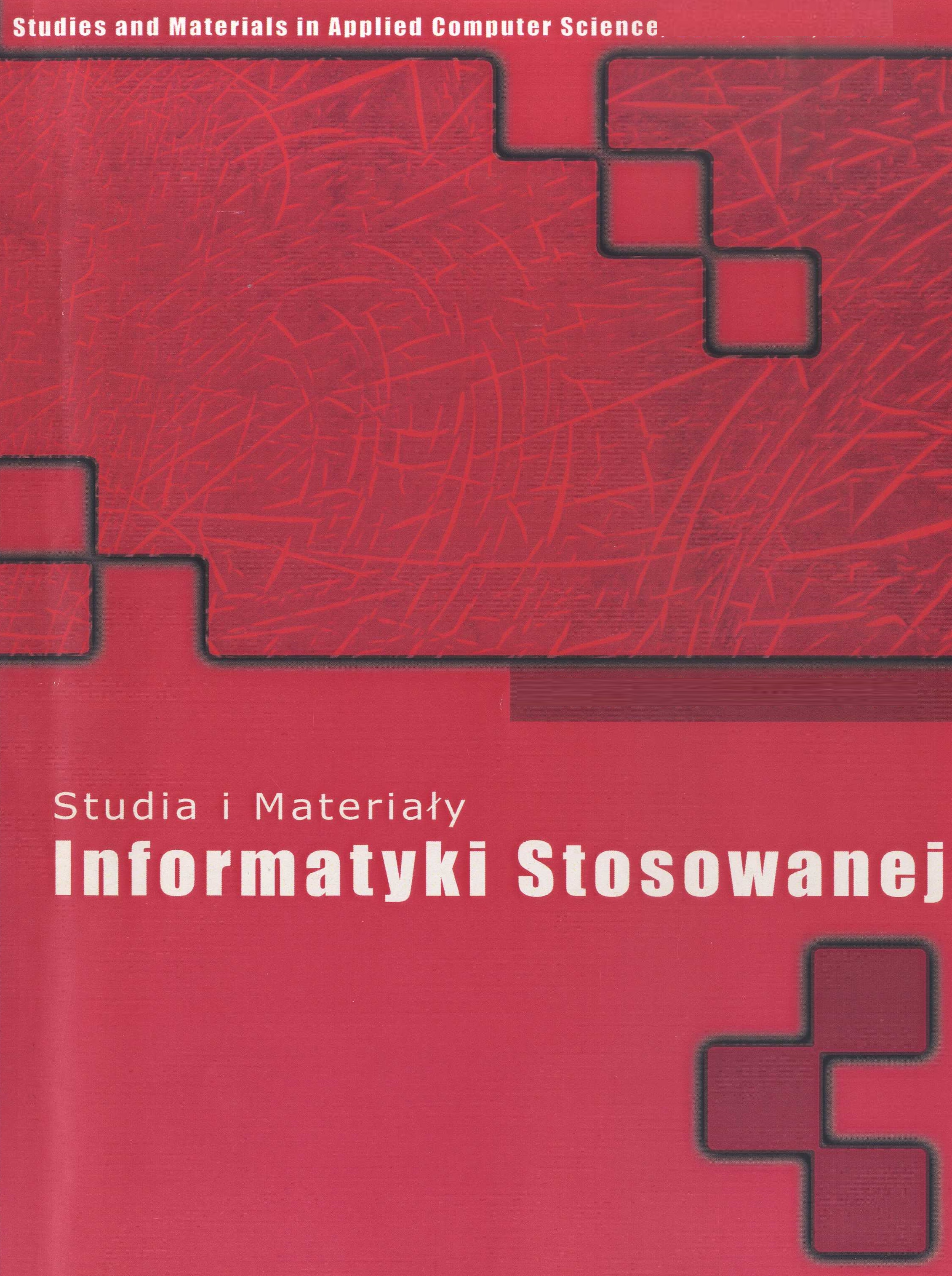Analysis of effectiveness of the traditional and innovative techniques of human-computer interaction Part 1: Recognition of pointing devices
DOI:
https://doi.org/10.34767/SIMIS.2018.01.03Keywords:
computer science, human-computer interaction, control devices.Abstract
Term "control device" covers pointing devices and other devices designet to control the computer. This article aims at description of the directions for further development of the computer control devices, mainly based on researched picture of ways of human-comuter interaction. We discuss direction of the further development and its similrity to needed ways od the further development of computr control devices. Firs part of the article focuses on gathering data base concerning existing computer control devices and its recognition among users.
References
Lopes D. S., Parreira P. D. F., Paulo S. F., Nunes V., Rego P. A., Neves M. C., Rodrigues P. S., Jorge J. A. On the utility of 3D hand cursors to explore medical volume datasets with a touchless interface. J Biomed Inform. 2017; 72:140-149.
Walny J., Lee B., Johns P., Riche N. H., Carpendale S. Understanding Pen and Touch Interaction for Data Exploration on Interactive Whiteboards. IEEE Trans Vis Comput Graph. 2012; 18(12):2779-88.
Alcañiz M., Lozano J. A., Rey B. Technological background of VR. Stud Health Technol Inform. 2004; 99:199-214.
Serolli Pinho M., Dias L. L., Antunes Moreira C. G., González Khodjaoghlanian E., Pizzini Becker G., Duarte L. M. A user interface model for navigation in virtual environments. Cyberpsychol Behav. 2002; 5(5):443-9.
Baber C., Baumann K. Embedded human computer interaction. Appl Ergon. 2002; 33(3):273-87.
Staden R. An improved sequence handling package that runs on the Apple Macintosh. Comput Appl Biosci. 1990; 6(4):387-93.

